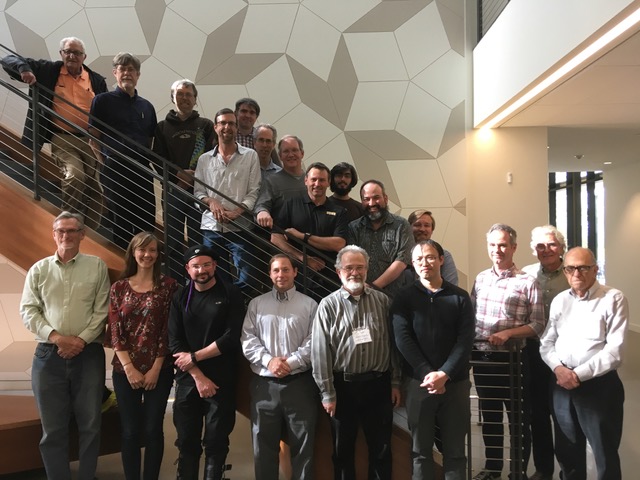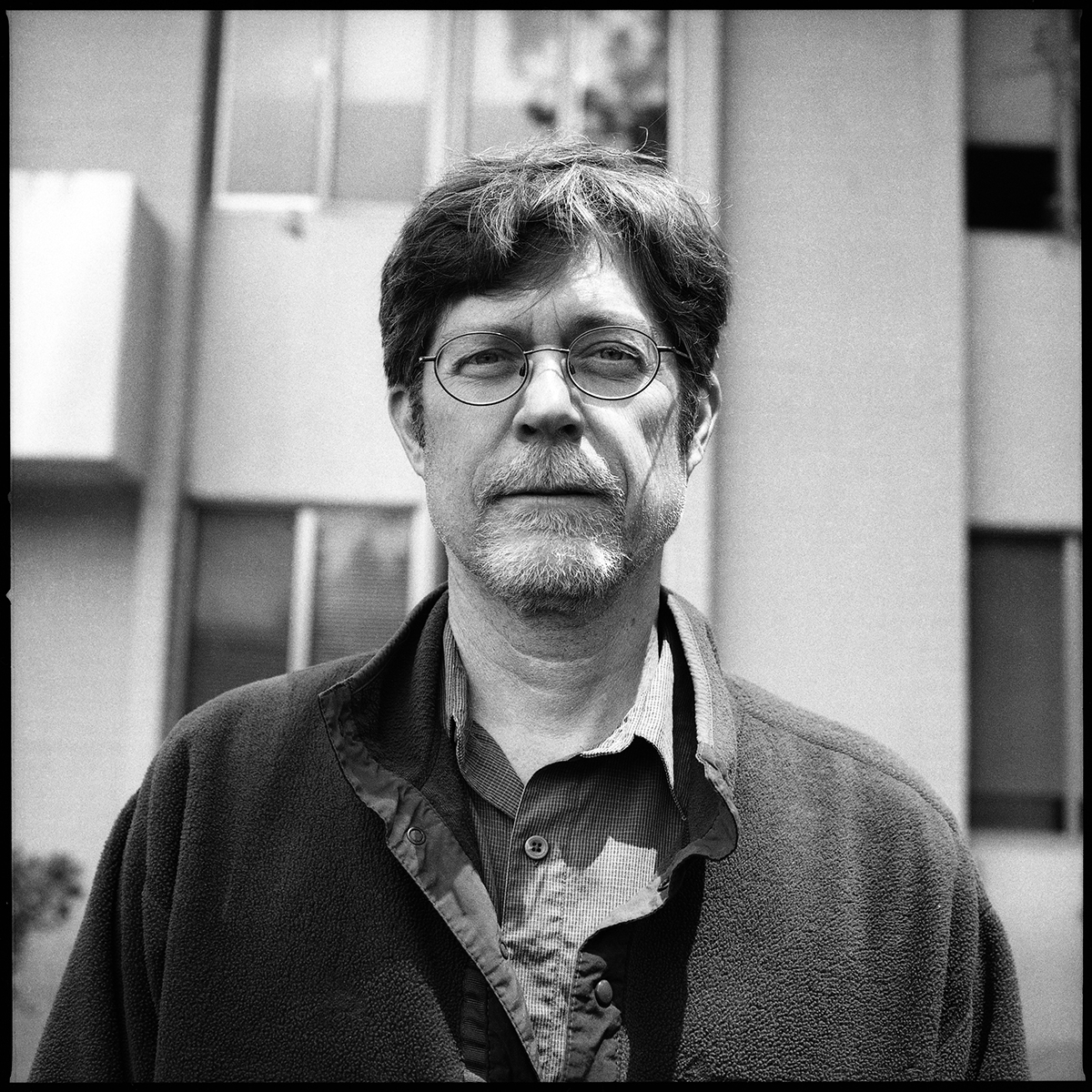
Thanks to all who attended the
Southern California Topology Conference
in honor of the retirement of Jim Hoste
April 21st, 2018

| 9:30-9:45 |
Opening Remarks | |
| 9:45-10:45 | Jozef
Przytycki (George Washington University) |
Skein modules
of 3-manifolds in
historical perspective |
| 10:45-11:00 |
Coffee | |
| 11:00-12:00 | Daniel
Ruberman (Brandeis University) |
Stabilization
in 4-dimensional
topology |
| 12:00-1:30 |
Lunch | |
| 1:30-2:30 | Scott
Carter (University of South Alabama) |
Braidings,
Handle
decompositions, and Branched coverings |
| 2:30-2:45 |
Break | |
| 2:45-3:45 | Sam
Nelson (Claremont McKenna College) |
Quandles and
Knots |
| 3:45-4:15 |
Coffee | |
| 4:15-5:15 | Patrick
Shanahan (Loyola Marymount) |
Epimorphism of 2-bridge knots |
Abstracts
Speaker: Jozef Przytycki (George Washington University)
Title: Skein Modules of 3-manifolds in historical perspective
Abstract:
I will describe theory of skein modules starting from its prehistory: January 1987 visit of Jim Hoste to Vancouver. Then I will outline results we obtained in five years of our fruitful collaboration, including computation of the Kauffman bracket skein module of lens spaces and
Whitehead manifolds.
I will sketch recent grow of theory stressing its successes and potentials, concentrating on developments I observed first hand.
I will end with few open problems some of which I am studying now with my students.
Speaker: Daniel Ruberman (Brandeis University)
Title: Stabilization in 4-dimensional topology
Abstract:
The world of smooth 4-manifolds contains many exotic objects: manifolds that are homeomorphic but not diffeomorphic, surfaces that are smoothly knotted but topologically unknotted, diffeomorphisms that are topologically but not smoothly isotopic. It is known that this exotic behavior disappears after repeated stabilizations: connected sums with standard manifolds such as the complex projective plane or a product of spheres. I will talk about some examples where a single stabilization suffices to cancel such exotic behavior, and prove a general “one is enough” result for embedded surfaces.
This is joint work with Dave Auckly, Hee Jung Kim, Paul Melvin, and Hannah Schwartz.
Speaker: Scott Carter (University of South Alabama)
Title: Braidings, Handle decompositions, and Branched coverings
Abstract:
This tak is based upon past and on-going work with Seiichi Kamada. Kamada's concept of a braid chart is a fundamental idea that can be used to study branched coverings, braidings, and immersions and embeddings of manifolds of dimension one through four. The chart is a labeled oriented graph in the plane that has three types of vertices. A sequence of charts in which successive charts differ from each other by a move selected from a relatively small list can be used to describe a braiding of a 3-dimensional manifold. This braiding is immersed in codimension 2. The charts are assembled into a structure that we call a curtain and that generalizes the Seifert surface. The curtain structure can be used to describe representations of the fundamental group via a handle description of the complement.
My goal in the talk will be to give several intricate examples of these phenomena.
Speaker: Sam Nelson (Claremont McKenna College)
Title: Quandles and Knots
Abstract:
Quandles are algebraic structures whose axioms encode the Reidemeister moves analogously to how the group axioms encode symmetry. In this talk we will see some examples and history of quandles, culminating in Jim's recent work.
Speaker: Patrick Shanahan (Loyola Marymount)
Title: Epimorphism of 2-bridge knots
Abstract:
In this talk I will discuss results from an ongoing collaboration with Jim Hoste that began following a colloquium talk I gave at Pomona College in 1997. Our initial investigation into the computation of A-polynomials led to us to a more general study of epimorphisms of 2-bridge knot groups. I will discuss several results associated to these epimorphisms that illustrate the beautiful correspondence that exists between 4-plats, continued fractions, boundary slopes, and algebraic invariants of 2-bridge knots. Central to this study is the construction of a branched fold map between 2-bridge knot complements that was introduced by Ohtsuki, Riley, and Sakuma. This work also involves important contributions by undergraduate students Scott Garrabrant (Pitzer College 2011) and Joshua Ocana-Mercado (Loyola Marymount University 2018).